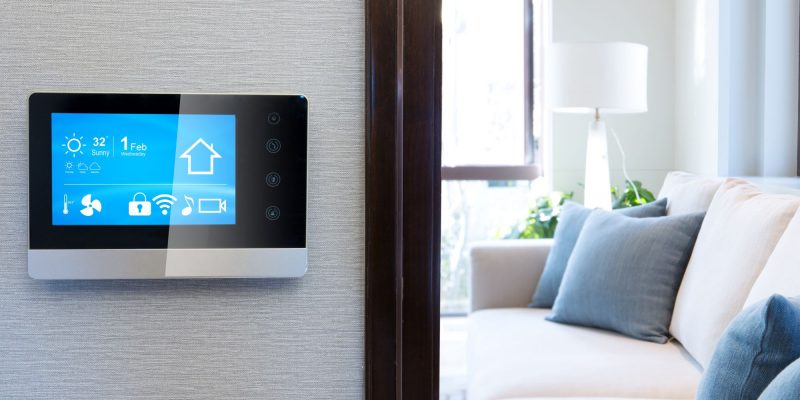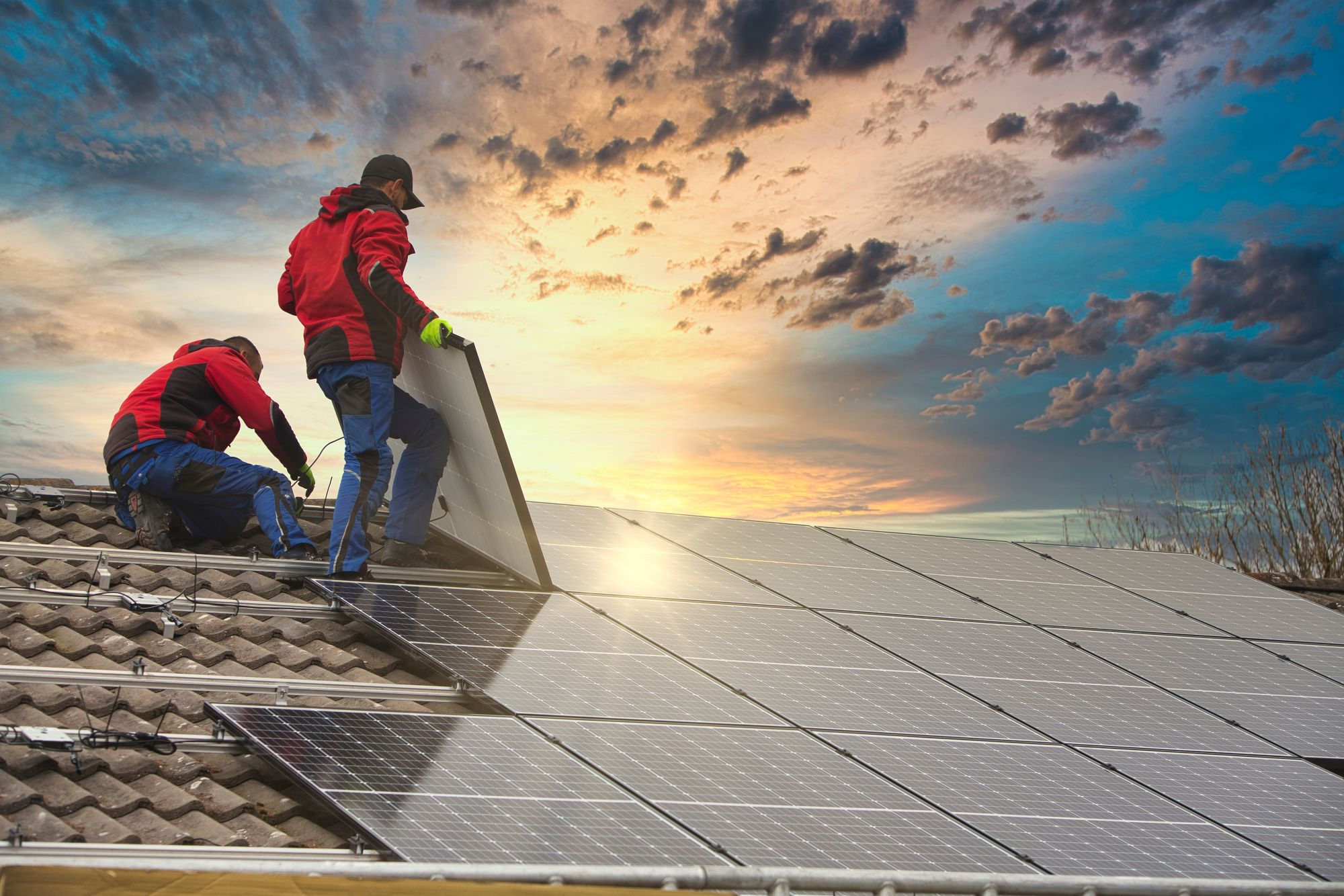Sustainable homes are designed to use less energy than traditional ones. Achieving a sustainable home is possible through a variety of energy-efficient methods. By reducing reliance on fossil fuels, homeowners can help to reduce greenhouse gas emissions and fight climate change.
There has been a heightened focus on energy efficiency and sustainability in recent years. As a result, there are now several energy-efficient electrical upgrades to reduce consumption, save money on utility bills, and improve the overall sustainability of a home.
When planning an energy-efficient electrical upgrade, hire an electrician that can offer level 2 services. They are trained and certified to work on high-voltage equipment like solar panels and large appliances. If you plan any of these electrical upgrades, hiring an electrician qualified to work on them is essential.
1. Upgrade To LED Lighting
An LED, short for Light Emitting Diode, is a semiconductor device that emits light when an electric current passes through it. The process involves the recombination of electrons with holes, resulting in the emission of light. LEDs facilitate the flow of current in one direction while blocking it in the opposite direction. LED bulbs have a longer lifespan compared to traditional incandescent lights and are more energy-efficient, consuming up to 75% less electricity.
A typical LED light can last for 25,000 to 50,000 hours, while a traditional incandescent bulb only lasts for 1,000 to 2,000 hours. Therefore, you’ll need to replace LED lights much less often, saving you even more money in the long run.
The initial cost of LED lights is higher than traditional bulbs, but the long-term savings can make them a worthwhile electrical upgrade investment.
2. Invest In Smart Thermostats
Smart thermostats are a popular energy-efficient electrical upgrade. The Department of Energy reported that smart thermostats could save homeowners an average of USD$131 per year on heating and cooling bills.
With that, there’s no need to track indoor temperature as the device automatically adjusts it manually. You can program these devices to turn off the heating or cooling system and learn your temperature preferences, leading to even greater savings and a more comfortable home environment.
In addition to saving money, it can make your home more sustainable. By reducing your energy consumption, you’re helping decrease your carbon footprint.
If you’re considering installing a smart thermostat, ensure your HVAC system is compatible with the smart thermostat you want to purchase. Decide whether you want a Wi-Fi-enabled or non-Wi-Fi-enabled thermostat. A Wi-Fi-enabled thermostat enables home temperature control from anywhere but can be more expensive. On the other hand, a non-Wi-Fi-enabled thermostat is less costly, but you can only control it from inside your home.
3. Use Energy-Efficient Appliances
If you want to make your home more sustainable, consider upgrading to energy-efficient appliances, such as inverter appliances, which use less energy than standard appliances and can significantly save energy bills. For instance, an inverter air conditioner can maintain a more consistent temperature, making your home more comfortable without ruining your budget.
Inverter appliances work by using a device called an inverter, which turns direct current (DC) electricity into alternating current (AC) electricity. Because inverter appliances use AC electricity to power their motors, they operate more efficiently than traditional appliances that use DC electricity. While they are more expensive than traditional appliances, the long-term savings on your energy bills make them a worthwhile electrical upgrade investment.
4. Consider Solar Energy
Solar panels generate electricity for your property, reducing your reliance on the grid. The Solar Energy Industries Association stated that solar panel costs have dropped by 65% in the past decade, making solar energy more affordable.
Solar power is a clean, renewable, unlimited energy source. It doesn’t produce greenhouse gases. You can help reduce your carbon footprint and combat climate change. The installation can boost the value of your home because homebuyers are increasingly looking for energy-efficient and sustainable homes.
The cost of installing on-grid solar energy varies depending on the home’s location, the type of panels, the size, and the labor cost in the area. In general, installing a 5kW on-grid solar system ranges from USD$15,000 to USD$30,000.
If you are considering installing on-grid solar energy, obtaining multiple quotes from different solar installers is essential to ensure you get the best possible price.
Conclusion
The above energy-efficient electrical upgrades can make your home more sustainable. You can help preserve the environment by reducing fossil fuel reliance. Moreover, you can save money from high electricity bills when choosing more energy-efficient appliances. Talk to a qualified professional to learn more about upgrade options.





















